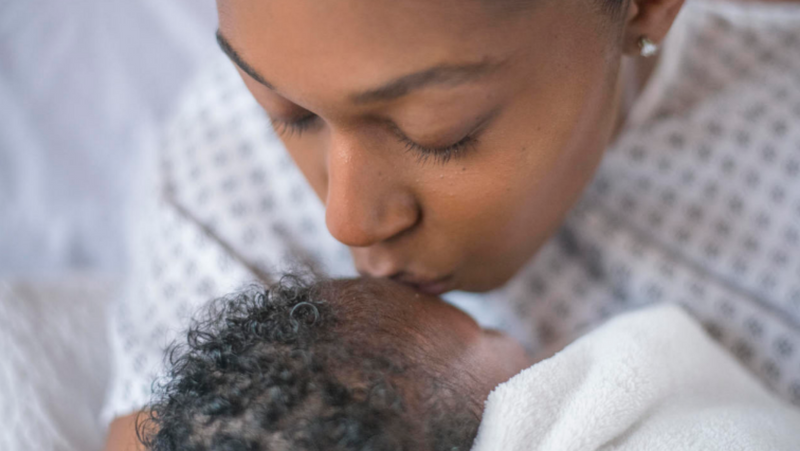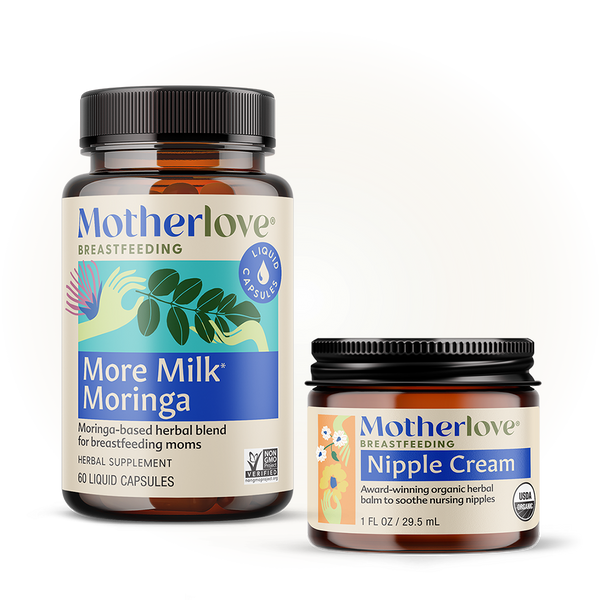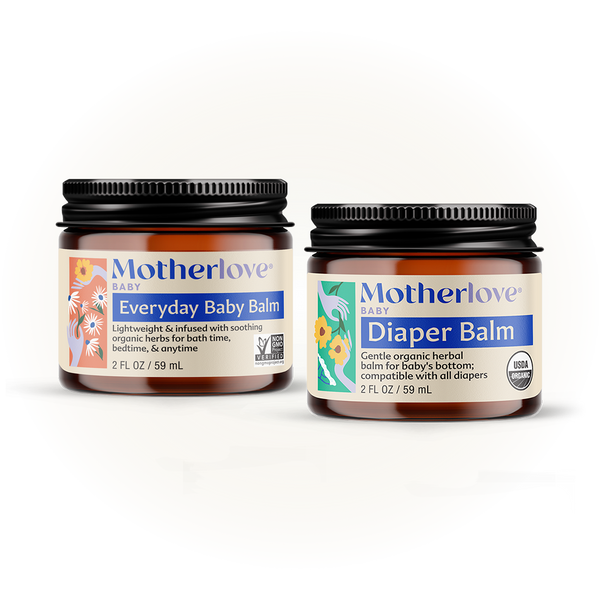Written by: Allison, RN, IBCLC.
When you hear the words, the golden hour, you probably think of that magical time just before sunset when the sky is full of picture-perfect colors. But there’s another golden hour that many people may not have heard of - the first hour of a baby’s life. The term came about in neonatology as a way to emphasize specific ways to promote optimal care for newly born babies. [1]. Let’s talk about the components of the golden hour and why each is important.
Skin-to-Skin Contact
Skin-to-skin contact means putting your baby’s bare skin on your bare skin with no clothing or blankets between you. After your baby is born, as long as there are no complications, your baby will be placed skin-to-skin with you. Usually, your baby is placed on your chest between both breasts, making it easy for your baby to find your nipple and latch on. Skin-to-skin helps keep your baby warm, stabilizes their heart and respiratory rate, and facilitates early breastfeeding. The close contact also helps you and baby bond right from the start. Holding your baby skin-to-skin in the first hour and days after birth helps decrease crying and improves your baby’s ability to regulate their body temperature. [2]
If you have a cesarean birth, here are some tips on how to do skin-to-skin.
Physical Assessments Done After First Feeding
After your baby is born, they will be weighed and measured, have a head-to-toe physical assessment, and have frequent vital sign checks. Some babies need to be thoroughly examined immediately, for example, if there are complications during labor or delivery or your baby is born prematurely. But most of the time, babies are generally born healthy, and many checks and assessments can wait. This allows you and your baby time to bond and breastfeed for the first time. Certain assessments need to happen immediately, such as checking an initial set of vital signs. However, these can be done with baby right on your chest as long as there is no need for any further evaluation. Height/weight checks and a formal physical assessment can wait until after the first feeding.
Breast Crawl
When placed skin to skin, babies instinctively know how to find their way to your breast to latch. The fancy term for this is called the breast crawl. Babies can do this in several ways:
- The small, round bumps on your nipples, called Montgomery glands, secrete a fluid that babies can smell, making it easier for them to find your nipple.
- Your nipples and areola become darker in pregnancy, which allows baby to see where to latch.
- The smell and taste of amniotic fluid, which coats your baby after they are born, are similar to those of your nipple/areola, helping your baby make the connection to latch on to that part of your breast.
Using their legs through an innate stepping reflex, your baby will slowly wiggle their way over to your breast and start to lick and open their mouth. Shortly after, your baby will latch when they are ready. The breast crawl helps babies achieve effective feeding skills early on and, like skin to skin, helps promote bonding. [3]
First Taste of Colostrum
Your body’s first milk is called colostrum, a thick, yellowish substance made during pregnancy. You may have noticed some leaking of this milk in the second or third trimester. Your baby will receive this milk the first time they breastfeed and in the few days after birth. Colostrum contains antibodies called immunoglobulins that coat your baby’s gut and protect your baby from viruses and bacteria. Think of it like taking a probiotic supplement. While these protective elements are present in the full supply of breast milk, you’ll make later on, and they’re not nearly as concentrated as that found in colostrum, making it that much more beneficial for your baby to get this “first milk.”
How To Make the Most of The Golden Hour
While childbirth is beautiful and truly miraculous, it can also be extremely stressful and messy (literally). It’s easy for communications to get missed in the heat of the moment. Let your healthcare provider know ahead of time if you wish to have some or all of these aspects of the golden hour incorporated after your baby’s birth. Once you arrive at the hospital or birth center, make sure to relay your preferences to the nurse who will be with you during your labor and delivery. You don’t necessarily need a formal, written birth plan; just having a conversation will do. And after your little one is finally born, having your partner field incoming calls and texts can help you focus on getting your baby to latch for the first time. Finally, be transparent with family members early on about your visitation preferences. Your family and friends (and eager mother-in-law) will have plenty of time to meet and hold your baby later on.






